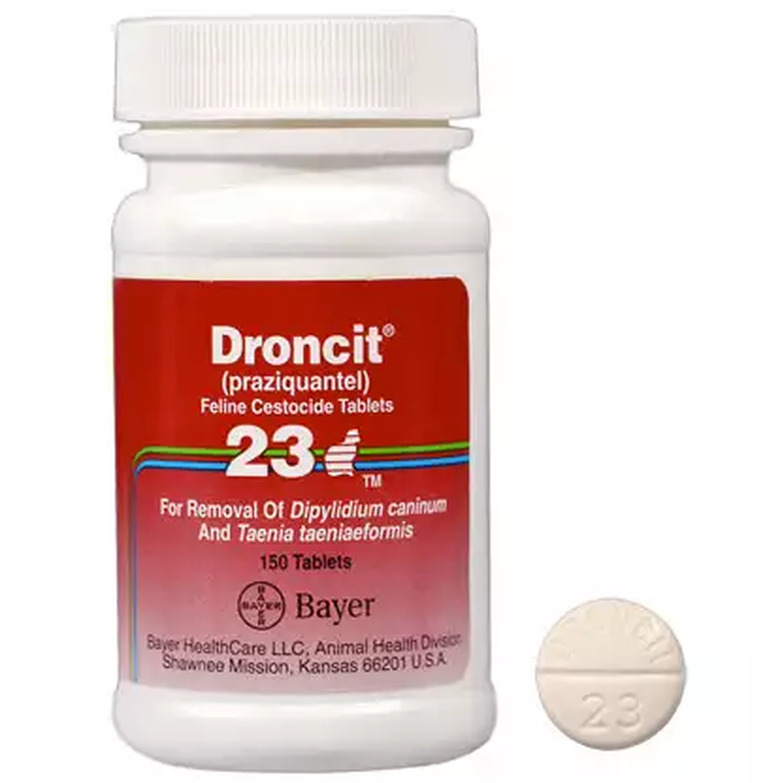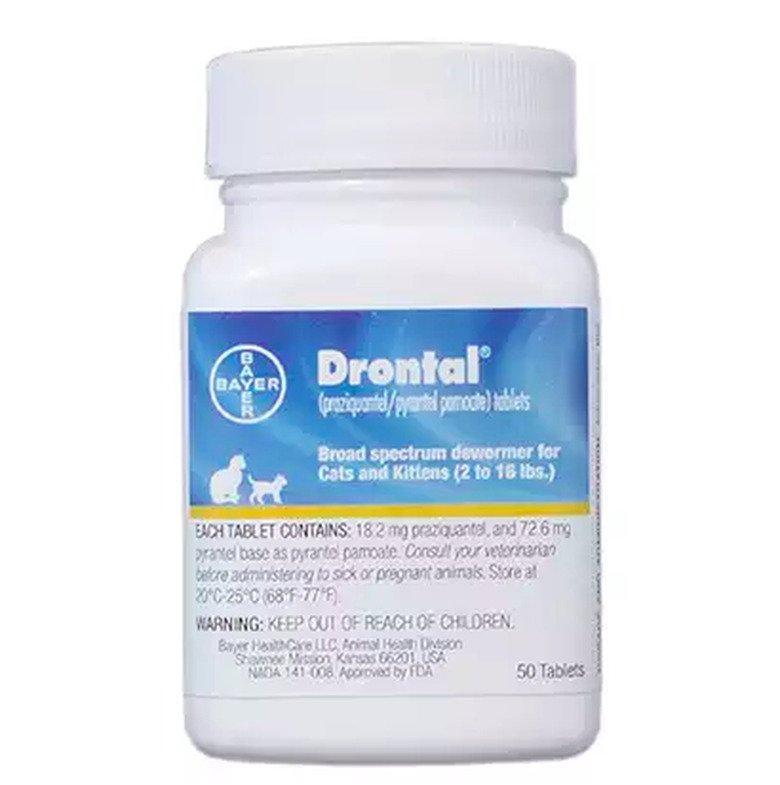Praziquantel Dosage For Cats
Praziquantel is a drug used to cure tapeworms across most species of animals, even humans. Tapeworms are a common problem for cat owners, who may find their cat infected with this common parasite after an infestation of fleas or, less commonly, after their feline has hunted an infected rodent. Before giving praziquantel for cats, however, you need to find out if the cat has tapeworms.
Praziquantel for cats now available OTC
Praziquantel for cats now available OTC
Until the early 2000s, praziquantel was available through veterinary prescription only. Now, a variety of drugs have been approved by the U.S. Department of Food and Agriculture over the counter to cure these parasites, including praziquantel. The recommended dosage depends on the formulation of the drug you purchase, what other ingredients are present in the drug, and the cat's weight.
How to determine if your cat has tapeworms
How to determine if your cat has tapeworms
Before using an OTC medication like praziquantel for cats, it is important to know for sure that your cat has tapeworms. When medications were only available through prescription, your vet would determine if your cat did indeed have tapeworms before prescribing anything; now you need to make that determination. Fleas are the intermediate hosts for tapeworms, so your cat must eat a flea that has tapeworms in order to become infected. They cannot get tapeworms by eating the worm or eggs.
Tapeworms in cats most commonly belong to the species Dipylidium caninum. They attach to the intestinal wall and can grow to about 11" in length, but segments of them may drop off and be noticeable in the cat's feces or around the anus. The segments look like grains of rice or cucumber seeds and are about 1/2" long and 1/8" wide.
Dosage information for praziquantel tablets
Dosage information for praziquantel tablets
Praziquantel is sold under many brand names, most in tablet form that can be administered directly to the cat. Since it can be a real challenge to give pills to a cat, you can also crumble the tablet into a serving of wet cat food. Or, try holding the cat tightly, perhaps in a towel, open their jaw and place the pill on the back third of the tongue, which stimulates a gag reflex and causes them to swallow.
If your vet has given you directions as to dosages, follow that advice. Pills are usually 23 mg each, so cats 4 lbs. and under should receive 11.5 mg, or one-half tablet. Cats weighing 5 to 11 lbs. should receive 23 mg, or one whole tablet, and cats weighing over 11 lbs. should be administered 34.5 mg, or one and one-half tablets. Of course, if the pills are not 23 mg each, you will need to calculate how much of a pill to give based on the cat's weight.
These drugs are not indicated for use in kittens under 6 weeks of age. A veterinarian should be consulted before administering this medication to a pregnant, nursing, ill or immune-compromised cat.
References
Possible side effects
When giving praziquantel for cats, side effects are rare or mild. Diarrhea and excessive salivation were the most common side effects when praziquantel-only drugs were administered properly to felines. In broad-spectrum de-wormers, the only reported side effect was transient ataxia, meaning difficulty moving and walking. As with any medication, more serious adverse reactions may occur, such as vomiting, loss of appetite, lethargy, or pain.
Control fleas and clean well
Just because you treated your feline fave for worms, doesn't mean they are gone for good. Because tapeworms may re-infest a cat at any point due to a flea control problem, an improperly cleaned environment after the initial infestation, or the consumption of an infected animal, the efficacy of tablets, while tested, is unclear. Re-treatment may be necessary if the factors that lead to the initial infestation are not controlled. Learn how to clean properly after the infestation to lessen the chances of your cat becoming reinfected.
Veterinary treatment
If symptoms persist after at-home treatment, a visit to the veterinarian is recommended. The veterinarian can determine if an underlying problem is causing the medication to be inefficient, and may pursue a course of praziquantel via injection.

